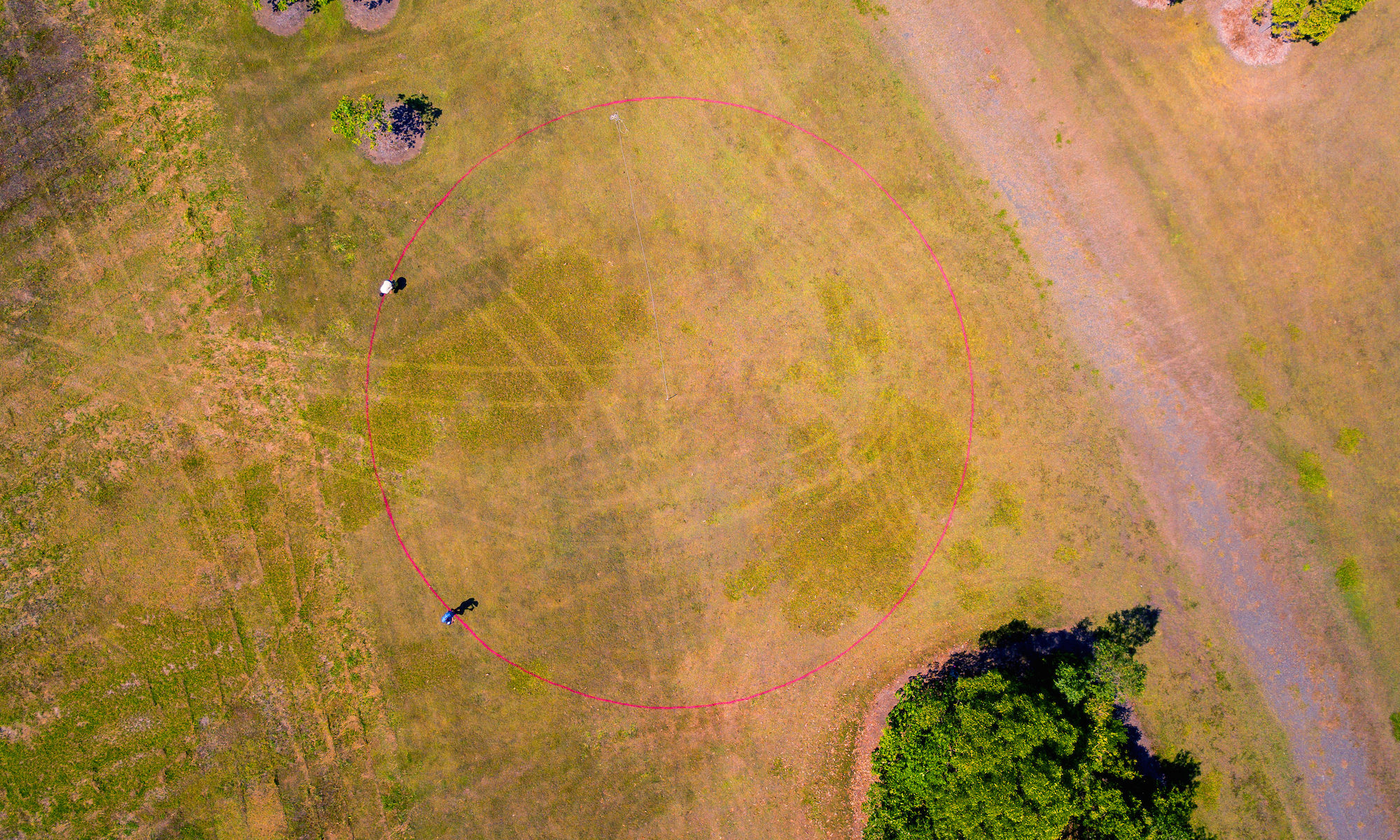Michael Kane, who was in 2018 working for Farmers for Climate Action (FCA) was a great support for our work at the Mackay Regional Botanic Gardens. Michael wrote this news article immediately following the Seed & Song planting event in late August 2018. He now works with the Mackay Conservation Group.
* * *
SEED AND SONG – The Watershed Land Art Project at Mackay Regional Botanic Gardens.
Seed and Song was launched on Sunday afternoon at the Mackay Regional Botanic Gardens to a large and appreciative crowd of townsfolk, Yuwibara elders and family, farmers, Australian South Sea Islanders, artists and supporters from as far away as Brisbane and Melbourne.
Local grower Simon Mattsson teamed up with Lucas Ihlein and Kim Williams from the Watershed Land Art Project and a host of community groups and local businesses to create a living work of art – The Beacon – so called because it aims to attract the attention of visitors to the Botanic Gardens, sparking conversations about agriculture and ecology.
Over the coming months, The Beacon‘s circular crop of sugarcane and sunflowers will grow into a stunning visual demonstration of local achievements in eco-friendly farming systems.
The day began with a performance by the Diranga Gangali Aboriginal Dancers, and continued with a presentation from Australian South Sea Islander elder Uncle Doug Mooney, who shared stories about his history as a worker in the sugarcane industry. Later, participants took a break from planting sunflowers for a performance by the Sakwolo Islander Dancers – a local South Sea Islander dance troupe.
Artist Kim Williams said that involving the Aboriginal custodians and the Australian South Sea Islander Community was about paying respect to local culture: “While innovations in agriculture are the central focus of the project, in creating a community planting event we want to also acknowledge the cultural practices that are integral to the history of farming in the region.”
Local grower Simon Mattsson said the event was important to him because it was an opportunity to communicate the message of regenerative agriculture and make the story of farming accessible to everyone.
“It was a great cultural day and rewarding to receive support from local families who were willing to share their stories from over a century of cane growing history,” said Mr Mattsson.
Visitor Michael Kane, who was representing Farmers for Climate Action, said it was fascinating to see the cane planted. “It was a lot of fun to get my hands dirty with everybody while seeding the sunflowers too. The best part of the day was the light shower and double rainbow that appeared just after the planting was finished. A great way to end a fantastic community event,” said Mr Kane.
Local farmer John Sweet, a retired grazier, said he enjoyed catching up with everybody. “It’s a hot day but everybody is pitching in and there is a good community feeling behind it all. I’m looking forward to seeing the harvest event in November.”
The project received funding from the Queensland Government’s Regional Arts Development Fund, and from the Great Barrier Reef Marine Park Authority (GBRMPA) through the Reef Guardians Program.
Artist Lucas Ihlein said that this support recognised the critical connection between farming and the health of the Great Barrier Reef. “How farmers work their land affects the quality of the water in the Reef, and so it’s good that GBRMPA is encouraging projects like this which show how to reduce the need for chemical fertilisers and herbicides by focusing on soil health.”
In late November, the artists will host a community celebration for the blooming sunflowers at the Botanic Gardens, with local music, food and more opportunities for the public to learn about regenerative agriculture.
